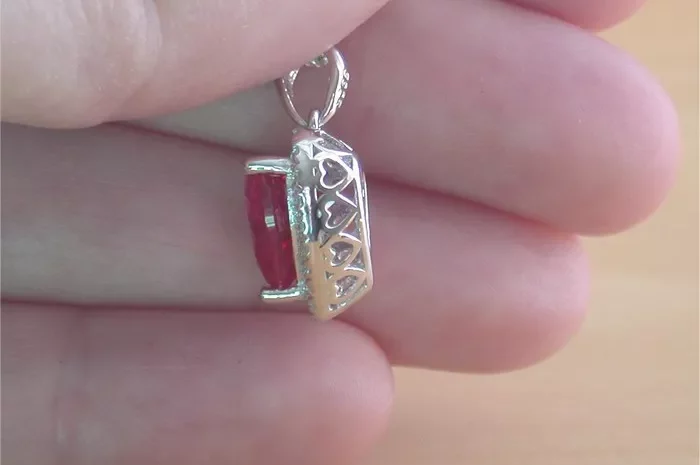For decades, diamonds have held the title of being “forever,” particularly as the quintessential gemstone for rings. The first recorded diamond engagement ring dates back to 1477 when Austria’s Archduke Maximillian commissioned one for Mary of Burgundy. However, it wasn’t until the late 1940s, driven by a strategic marketing campaign by De Beers Consolidated Mines, Ltd., that diamonds became synonymous with engagement rings.
Fast forward to 2022, and diamonds make up a substantial 65% of the entire jewelry market, with their popularity soaring from the late 1940s onwards. Yet, in recent years, a shift towards a more affordable and socially conscious gemstone alternative has emerged: moissanite.
Understanding Moissanite: A Gem with a Rich History
Discovered by Henry Moissan in 1893, moissanite, scientifically known as silicon carbide, was initially mistaken for a diamond. Today, moissanite is a lab-created gemstone that has gained popularity for being affordable, environmentally conscious, and stunningly brilliant.
In 1998, over a century after its discovery, experts successfully recreated moissanite in a lab, making it a viable option for a range of jewelry, from rings to earrings. Moissanite’s affordability, durability (ranking 9.25 on the Mohs Scale of Hardness), and captivating appearance have positioned it as a desirable choice for many.
Moissanite vs. Mined Diamonds: A Matter of Preference and Values
Moissanite offers several unique advantages that contribute to its growing popularity. Its affordability is a key factor, with prices significantly lower than those of diamonds. According to the International Gemological Institute, a moissanite gemstone slightly larger than a 1-carat diamond could be obtained for around $1,000, compared to a diamond of similar size costing between $3,000 to $4,000.
In terms of appearance, moissanite exhibits a brilliance refractive index (RI) of 2.65–2.69, dispersing twice the light of a diamond. This results in a higher fire and brilliance, creating a distinctive rainbow shimmer when light interacts with the gem.
Beyond cost and appearance, the ethical and environmental considerations associated with moissanite contribute to its appeal. Mined diamonds, while unique and beautiful, come with environmental consequences. The process of mining a one-carat diamond involves 120 gallons of water, 250 tons of earth and soil, and emits 140 pounds of carbon dioxide. In contrast, lab-grown moissanite presents a more environmentally friendly alternative, producing significantly less waste, using less water, and consuming less energy.
Investing in the Future: The Ethical Choice
Choosing lab-grown moissanite or diamonds represents not only a financial investment but also a commitment to ethical and environmentally conscious practices. With a larger stone at a more affordable price, couples can redirect their budget towards other meaningful endeavors, such as weddings, honeymoons, or future savings.
The environmental impact of choosing lab-grown gems becomes evident when considering the substantial waste, water usage, and carbon emissions associated with mined diamonds. Additionally, the ethical working conditions involved in creating lab-made jewelry provide reassurance to consumers.
Exploring Beautiful Moissanite Jewelry from Diamond Nexus
For those considering moissanite fine jewelry, Diamond Nexus offers a range of exquisite options:
1. Tapered Classic Round Cut Solitaire Engagement Ring: A sophisticated and elegant design with a comfort-fit band.
2. Hidden Halo Accented Oval Cut Engagement Ring: Featuring a stunning centerpiece with a hidden halo and accented band for added sparkle.
3. Round Cut Stud Earrings, Tension Back, Basket Set: Versatile studs suitable for any occasion, adding a touch of dazzle to both casual and formal attire.
4. Round Cut Tennis Bracelet (6.00 Carat): A classic tennis bracelet, perfect for standalone wear or pairing with other beautiful bracelets.
5. Pear Cut Basket Set Pendant: A timeless pear-shaped gemstone set in a delicate pendant, complementing any outfit with its teardrop shape.
In the quest for beautiful, ethical, and budget-friendly gemstones, moissanite emerges as a compelling choice, offering a brilliant alternative to traditional diamonds.


